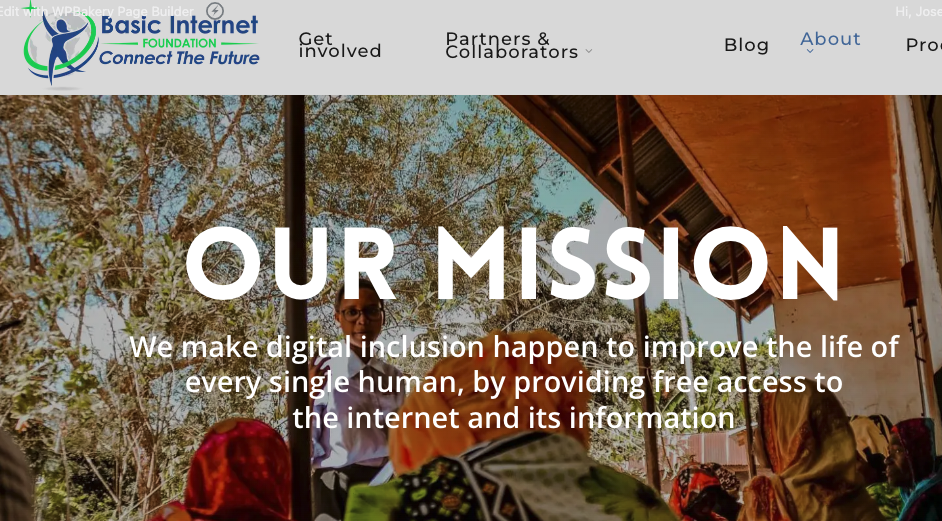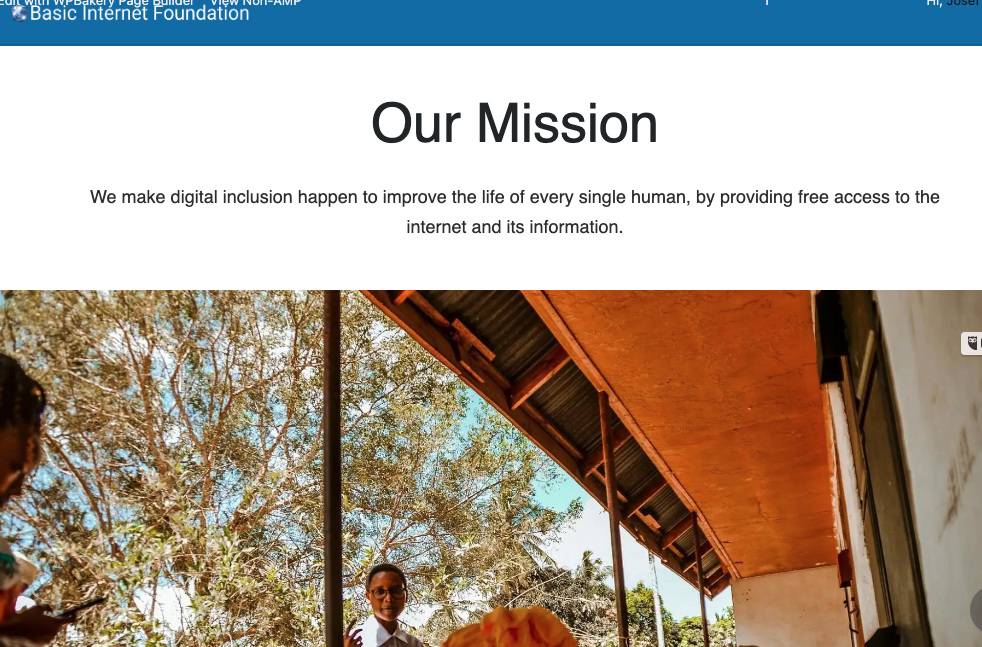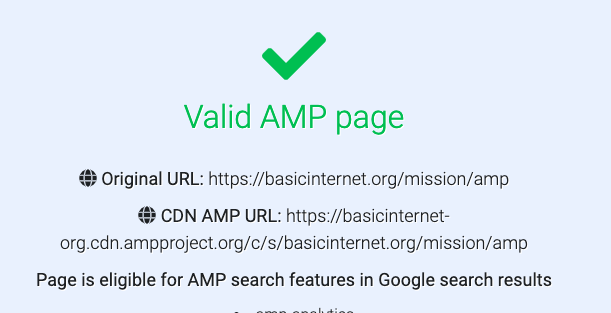Digital Cars vs Digital Pedestrians
Wouldn't it be nice to have an Internet where digital pedestrians and cyclists can use the Internet for free, while digital cars ensure the profitability?
Digital pedestrians use close to zero bandwidth, thus why don't we give them free access to the Internet?
The challenge is how to differentiate digital pedestrians from the digital cars.
And further, how to solve the issue of marginal and average costs, called the bridge problem by economists:
If crossing the bridge is free, who pays for the bridge?
Let's discuss
- The bridge problem in addressing who pays for the free access. Given that access to public goods is a human right (Shattuk and Risse, 2021, Equal Access to Public Goods and Services), thus access to information on the Internet should be a human right in the digital age.
- The freemium model for access. Some people believe that it is complicate to differentiate digital pedestrians from digital cars. It’s not really that difficult. Let’s use the AMP (amp.dev) standard as one example of a lightweight standard. We compare two web pages, with and without amp.
Please visit
http://BasicInternet.org/mission/ to see a full web page

And compare this full web page with the lightweight amp version
http://BasicInternet.org/mission/amp/.
As you see, no «singing and dancing” on the amp version, as it is a plugin in WordPress creating the lightweight info – no real issue as almost all Web pages uses WordPress.

Differentiation can be performed using an amp checker, e.g https://www.seochecker.it/amp-validator If you check the URL http://BasicInternet.org/amp/ and get the verification of a lightweight version:

The example of AMP shows that digital pedestrians and digital cyclists are easy to verify. What are we missing to introduce the freemium access to the Internet, with free access to digital pedestrians, and premium access for digital cars?

Recent Comments